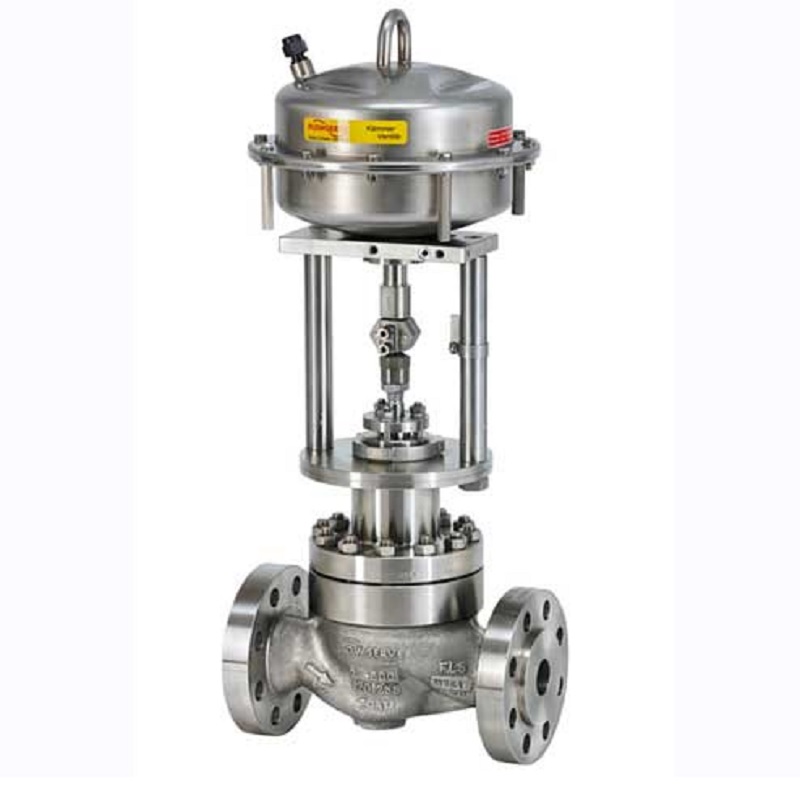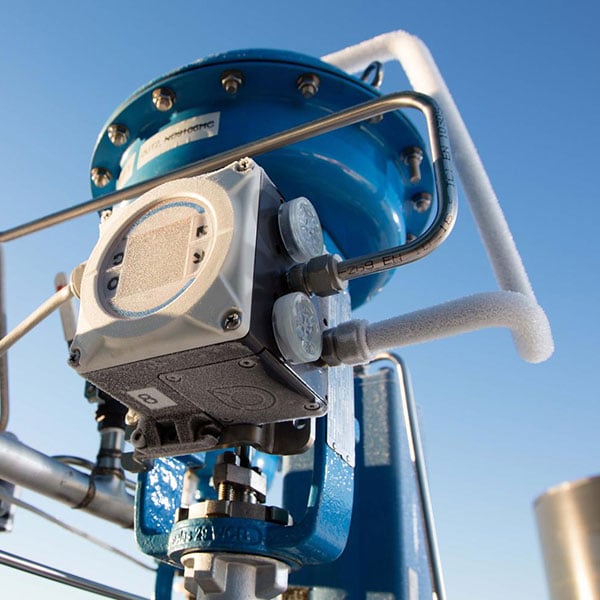Efficient Control Valves: Key Elements for Efficient System Monitoring
Efficient Control Valves: Key Elements for Efficient System Monitoring
Blog Article
Achieve Seamless Assimilation and Control With Quality Building Automation Controls
In the realm of modern-day structure monitoring, the significance of high quality structure automation controls can not be overemphasized. Accepting high quality building automation controls is not merely an issue of convenience yet a calculated vital for organizations intending to maximize their centers' performance and sustainability.

Development of Building Automation Controls
Throughout the previous few years, the advancement of building automation controls has considerably transformed the way structures are taken care of and run. Originally, developing automation systems mainly concentrated on standard functions such as regulating home heating, ventilation, and air conditioning (HEATING AND COOLING) systems. Nevertheless, as innovation progressed, these controls have come to be much more sophisticated, enabling a broader variety of building systems to be incorporated and handled centrally.
The advancement of constructing automation controls has seen a shift in the direction of even more smart systems that can adjust to changing problems in real-time. This flexibility is critical for optimizing power performance and ensuring occupant convenience. Additionally, modern-day structure automation controls now offer features such as predictive maintenance, remote surveillance, and information analytics, making it possible for center supervisors to make data-driven decisions to enhance building performance.

Advantages of Quality Integration
The advancement in structure automation controls towards even more intelligent systems has actually highlighted the substantial advantages of top quality assimilation in maximizing building procedures and enhancing general efficiency. Quality integration of developing automation controls supplies numerous key advantages. Firstly, it brings about improved power effectiveness by allowing various systems to work together flawlessly, guaranteeing optimum efficiency and lowering energy waste. Secondly, quality integration enhances owner comfort and productivity by allowing customized control over environmental setups like temperature level, illumination, and air quality. This modification can lead to an extra comfortable and favorable working or living setting. In addition, top quality integration streamlines upkeep and repairing processes, as all systems are adjoined and can be checked and regulated from a centralized interface. This central control also offers far better visibility and insights right into building performance, making it possible for proactive maintenance and optimization strategies. Overall, the advantages of top quality combination in structure automation controls are obvious, providing increased efficiency, comfort, and operational effectiveness.
Boosted Customer Experience and Availability
Enhancing user communication with building automation manages via user-friendly layout and boosted access boosts the general experience click for more info for occupants and center supervisors alike. By concentrating on customer experience, building automation systems can end up being extra easy to use and reliable. Intuitive interfaces, clear navigation, and personalized setups equip individuals to communicate with the controls conveniently and effectively.
Availability attributes play an essential duty in guaranteeing that all individuals, including those with specials needs, can make use of the building automation regulates easily. Integrating attributes such as voice commands, tactile buttons, and color-contrasted display screens can boost access and make the controls a lot more inclusive.
In addition, enhanced user experience results in higher individual satisfaction, increased efficiency, and much better decision-making. Passengers can change environmental settings according to their choices, while facility supervisors can successfully take care of and keep track of read this building systems - control valves. On the whole, focusing on user experience and access in structure automation regulates contributes to an extra seamless and productive structure environment for all stakeholders involved
Sustainable Practices Through Automation

In addition, automation can assist in the assimilation of eco-friendly power resources such as solar panels or wind generators into building operations. With automation, buildings can align with contemporary sustainability goals and add to a greener future.
Future Trends in Building Control Systems
One famous fad forming the future of building control systems is the increased combination of Artificial Knowledge (AI) and device knowing. In addition, the Web of Things (IoT) is changing structure control systems by attaching gadgets and sensors to improve and simplify procedures efficiency.
An additional crucial fad is the emphasis on cybersecurity procedures to shield against possible dangers to building automation systems. As structures become extra interconnected, making certain durable cybersecurity methods will be necessary to guard sensitive data and stop unapproved accessibility.
Additionally, the change towards cloud-based systems is acquiring momentum, enabling for systematized control and remote access to structure systems. This promotes much easier monitoring, maintenance, and updates, boosting the general efficiency and adaptability of building control systems. As technology remains to advancement, these trends are anticipated to form the future landscape of building automation controls, driving development and sustainability in the constructed setting.
Final Thought
To conclude, building automation controls have progressed significantly, providing countless advantages such as boosted user experience, ease of access, and lasting methods. Quality integration plays a crucial function in achieving smooth control and effective operation of structure systems. Future patterns in building control go now systems are likely to concentrate on additional enhancing automation capabilities for improved power efficiency and total efficiency. It is important for structure proprietors and drivers to focus on the fostering of quality building automation regulates to maximize structure operations and achieve long-term sustainability goals.
In the world of modern-day structure monitoring, the value of top quality building automation controls can not be overemphasized. On the whole, the evolution of structure automation manages proceeds to drive development in the structure monitoring sector, providing new opportunities for producing smarter and extra lasting buildings.
The innovation in structure automation manages towards more smart systems has emphasized the substantial advantages of quality assimilation in enhancing structure operations and improving total performance. Overall, focusing on individual experience and availability in structure automation regulates adds to an extra effective and seamless structure environment for all stakeholders entailed.
It is crucial for structure proprietors and drivers to prioritize the fostering of quality structure automation manages to optimize structure operations and achieve lasting sustainability goals. - control valves
Report this page